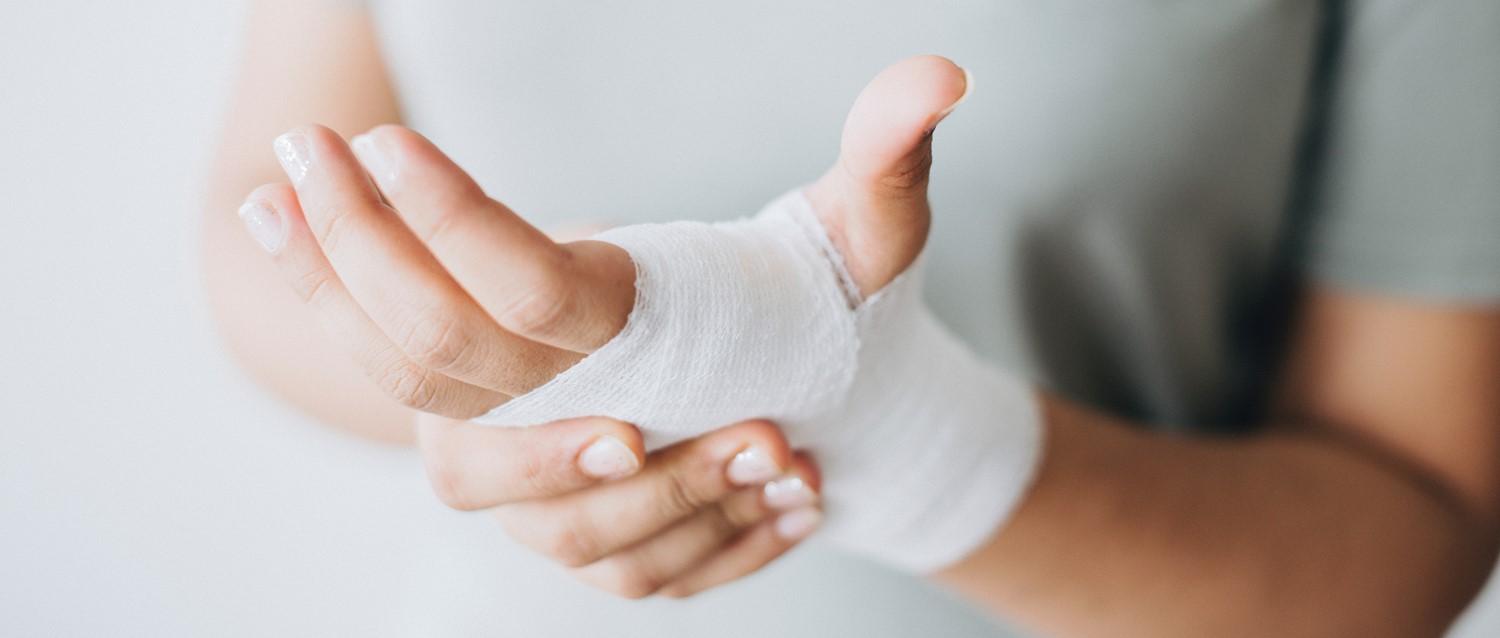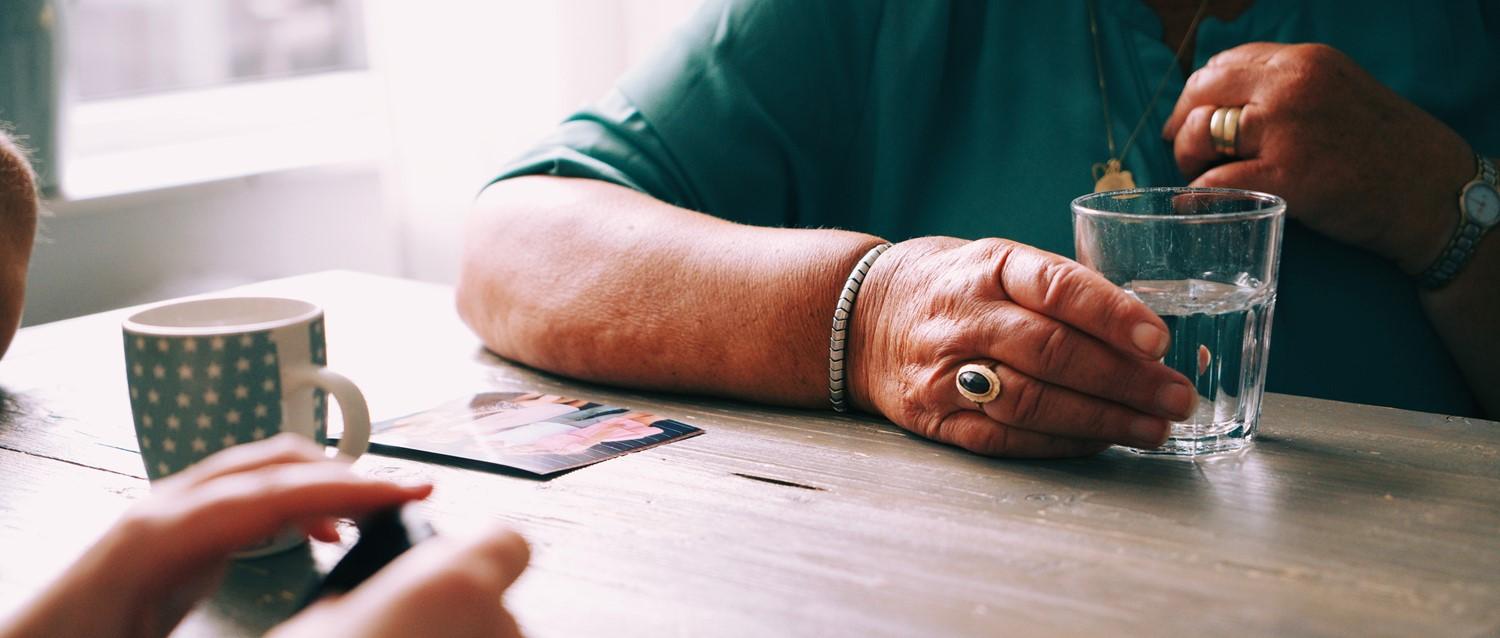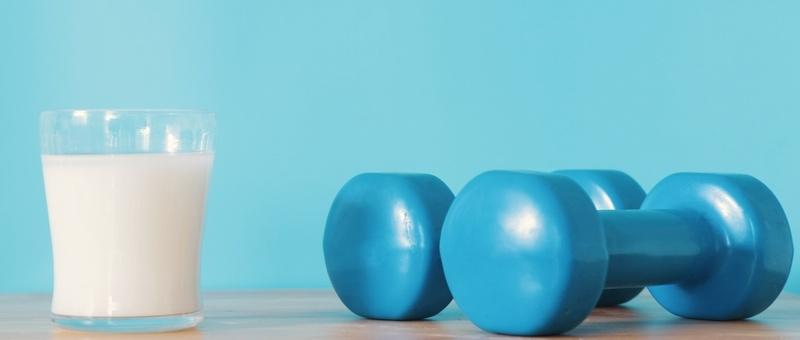
Simple methods for joint pain relief
Peer reviewed by Dr Colin Tidy, MRCGPLast updated by Dr Sarah Jarvis MBE, FRCGPLast updated 11 Feb 2019
Meets Patient’s editorial guidelines
- DownloadDownload
- Share
- Language
- Discussion
Joint pain is a very common problem. And curiously, we always get a surge of visits asking about joint pain when warm weather finally comes. I used to wonder why, but these days I'm only too aware of how easy it is to strain my joints.
In this article:
Your weight-bearing joints - spine, hips and knees - take the load of your whole body weight. You can reduce the impact on your joints by walking on grass rather than pavements and wearing shoes with supportive, shock-absorbing insoles. This cuts the impact on your joints, protecting them from wear and tear while still keeping them mobile.
Continue reading below
Stretching for joint pain
Never forget that stiffness begets stiffness. Keeping your joints mobile is key to reducing stiffness and joint pain. That can be easier said than done if every movement hurts. Low-impact bending and stretching - including cycling (for knees) and stretching exercises at home - keep discomfort to a minimum but prevent seizing up. Swimming is perhaps the ultimate way to mobilise your joints while keeping strain to a minimum, because the water supports your joints.
Exercise for balance too!
Regular exercise helps more than just muscle strength and joint pain. It also helps improve balance, reducing the risk of falls which might lead to further joint pain.
Continue reading below
Strengthen the muscles supporting your joints
While osteoarthritis is common, there are lots of other causes of joint pain. Tough, non-stretchy bands called ligaments help keep your joints in place. Your knees are also supported by muscles which protect your joints from damage.
You can't strengthen your ligaments, but you can certainly give your muscles a helping hand with regular aerobic exercise - the kind that makes you mildly out of puff. This can be particularly helpful in avoiding knee pain and problems.
The knee carries the whole weight of your body and is exposed to all sorts of strains every time you move your legs. Isometric exercises - lifting your leg with your knee straight, to prevent any strain on the joint - can let you exercise and strengthen the muscles even if you've been told to avoid too much bending under pressure.
Swimming for joint pain
Because water supports your joints, keeping them weightless, swimming is the perfect way to keep your joints mobile and build up muscle strength, which protects your joints from strain. It doesn't cut your risk of osteoporosis, or 'thinning' of the bones, (for that you need weight-bearing exercise) but for every other aspect of health, it ticks all the boxes!
Continue reading below
Supplements for joints pain - do they help?
My mother drank a disgusting concoction of cider vinegar and honey when I was a child, telling me as she grimaced that it was good for her joints. Sadly for her, there's no evidence that she was right - cider vinegar may be popular, but studies suggest it makes no difference at all to for joint pain relief. Fish liver oils have quite a lot of scientific studies showing they may reduce inflammation in stiffness and joint tenderness in the inflammatory joint condition rheumatoid arthritis, but the evidence in osteoarthritis is less strong.
Another popular complementary remedy for joint pain relief is glucosamine, a naturally occurring 'building block' of cartilage. Studies have shown that it's as safe as 'placebo', and can provide a mild-to-moderate reduction in pain related to osteoarthritis. However, the National Institute for Health and Care Excellence (NICE) has decided that the evidence isn't convincing enough for it to be offered on the NHS. It is available without prescription.
More recently, there have been promising results in studies on GOPO, a compound isolated from rose hips. We don't know if all rose-hip preparations provide the same benefits. It's not available on the NHS but it may help reduce inflammation and joint pain while increasing mobility of your joints whether or not you have osteoarthritis. The studies so far are small but it appears safe, which means that even if benefits are modest, they're likely to outweigh risks.
Gardening is great for joint pain relief - if you take precautions
Getting out into the garden in the sunshine can lift your mood and boost your vitamin D levels, guarding against osteoporosis. It's also great exercise and you can pick (and maybe eat) the healthy fruits of your labours! But many aches and pains are caused not by a single trauma but by repeated minor strains. To protect your joints:
Get up and stretch several times an hour if you're weeding.
Use a cushion or wear knee protectors if you're weeding on your knees, to avoid housemaid's or clergyman's knee.
Lift garden waste and other loads with knees bent and back slightly flexed but never twisting. Take more trips with small loads rather than straining your back with heavy loads.
Is your job to blame for your joint pain?
Think about how to protect your back when you're at work. A large proportion of people suffering from back pain have their problems brought on, or made worse by, work-related issues. That's not just labourers lifting heavy objects every day - sitting hunched over a computer for hours on end can be every bit as bad.
Patient picks for Joint health

Bones, joints and muscles
Can winter weather make joint pain worse?
When the weather gets colder, many people with joint and bone problems often feel like their condition gets worse, but does the weather have any impact on the severity of conditions like arthritis?
by Andrea Downey

Bones, joints and muscles
How to protect your joints as you get older
As you get older, parts of your body can start to feel a bit stiff from time to time. Your joints keep you mobile and active so it's important to look after them and take extra care as you age to prevent damage.
by Lawrence Higgins
Continue reading below
Article history
The information on this page is peer reviewed by qualified clinicians.
11 Feb 2019 | Latest version

Ask, share, connect.
Browse discussions, ask questions, and share experiences across hundreds of health topics.

Feeling unwell?
Assess your symptoms online for free
Sign up to the Patient newsletter
Your weekly dose of clear, trustworthy health advice - written to help you feel informed, confident and in control.
By subscribing you accept our Privacy Policy. You can unsubscribe at any time. We never sell your data.